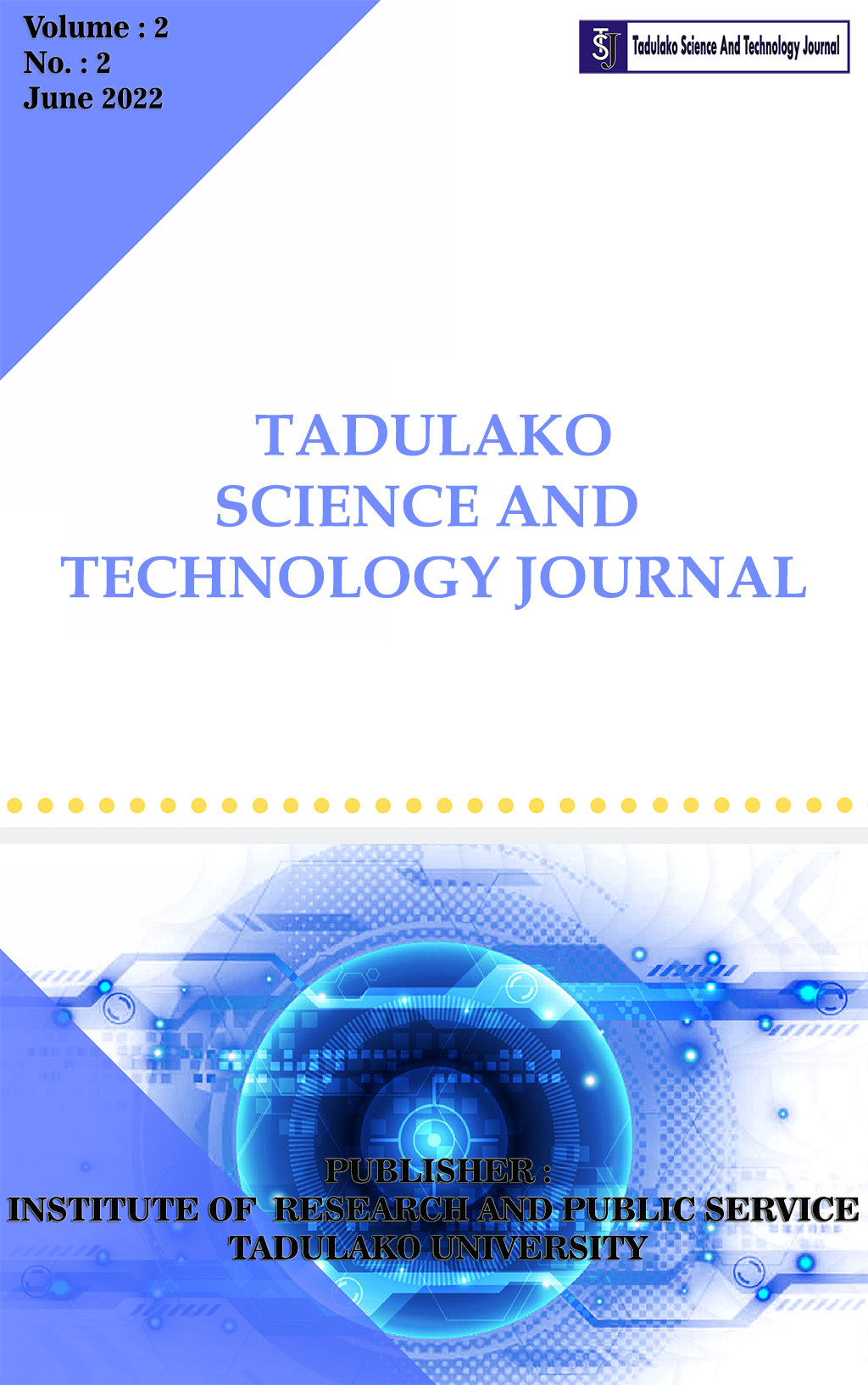Main Article Content
Abstract
Introduction: Research has been carried out titled "Determining the Volume of Liquefaction Sediment Using the Geoelectric Resistivity Type Method in Balaroa Village". Methods: This research aims to identify subsurface lithology and determine the volume of liquefaction sediment in Balaroa Village. This research uses the resistivity method Wenner configuration. Result and Discussion: Measurements were carried out in 4 passes with the distance between electrodes on Tracks 1 - 3 being 7 m and on Track 4 a distance of 10 m. From the results of measurements and data interpretation, it was obtained that the type resistance value was 2.98 - 436.14 Ωm with lithology in the form of clay, sand, and gravel. The calculated volume of liquefaction sediment in Balaroa Village is 370,883 m³. Conclusion: Clay and sand rocks are liquefaction sediments with resistance values of less than 67.86 Ωm. Meanwhile, gravel and building debris are non-liquefaction rocks with resistance values of more than 67.86 Ωm. The calculated liquefaction sediment in Balaroa Village is around 370,883 m³. The volume of liquefaction sediment increases in thickness in the eastern part, which is caused by morphological conditions that tend to be more gentle in that part.
